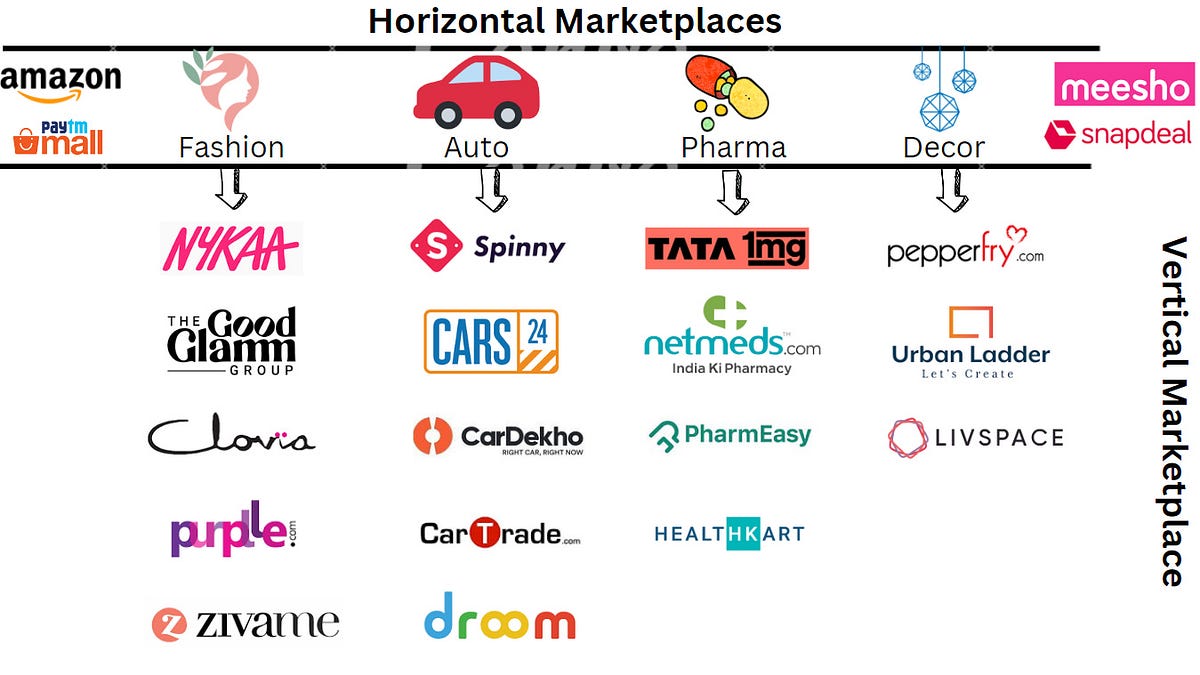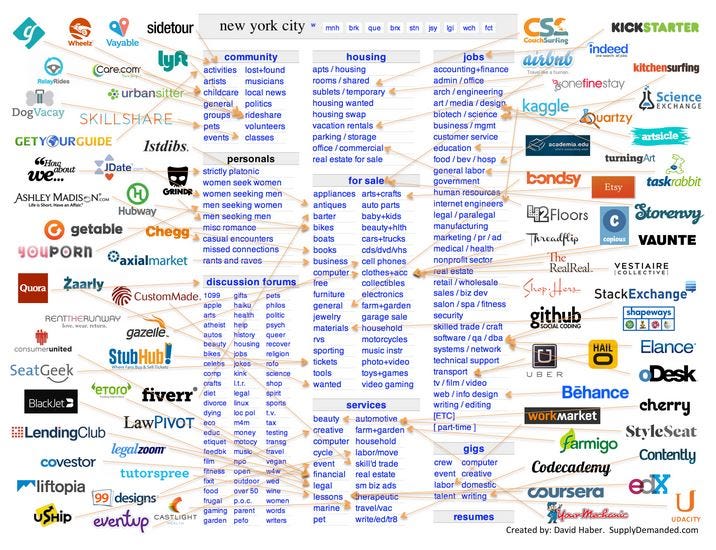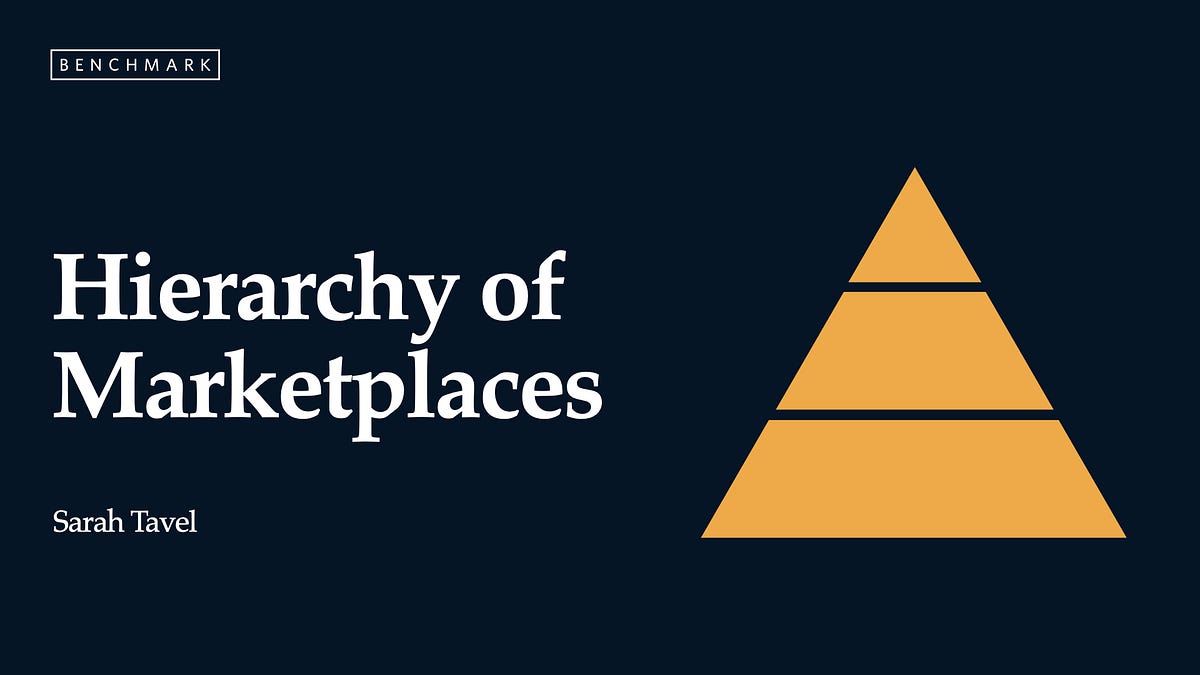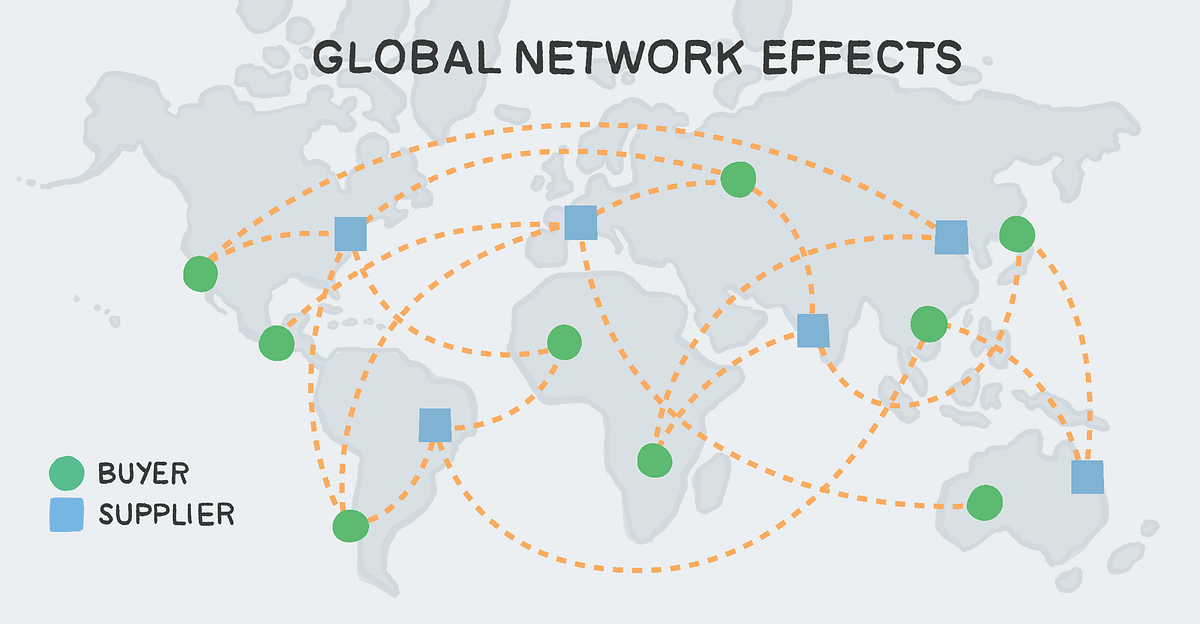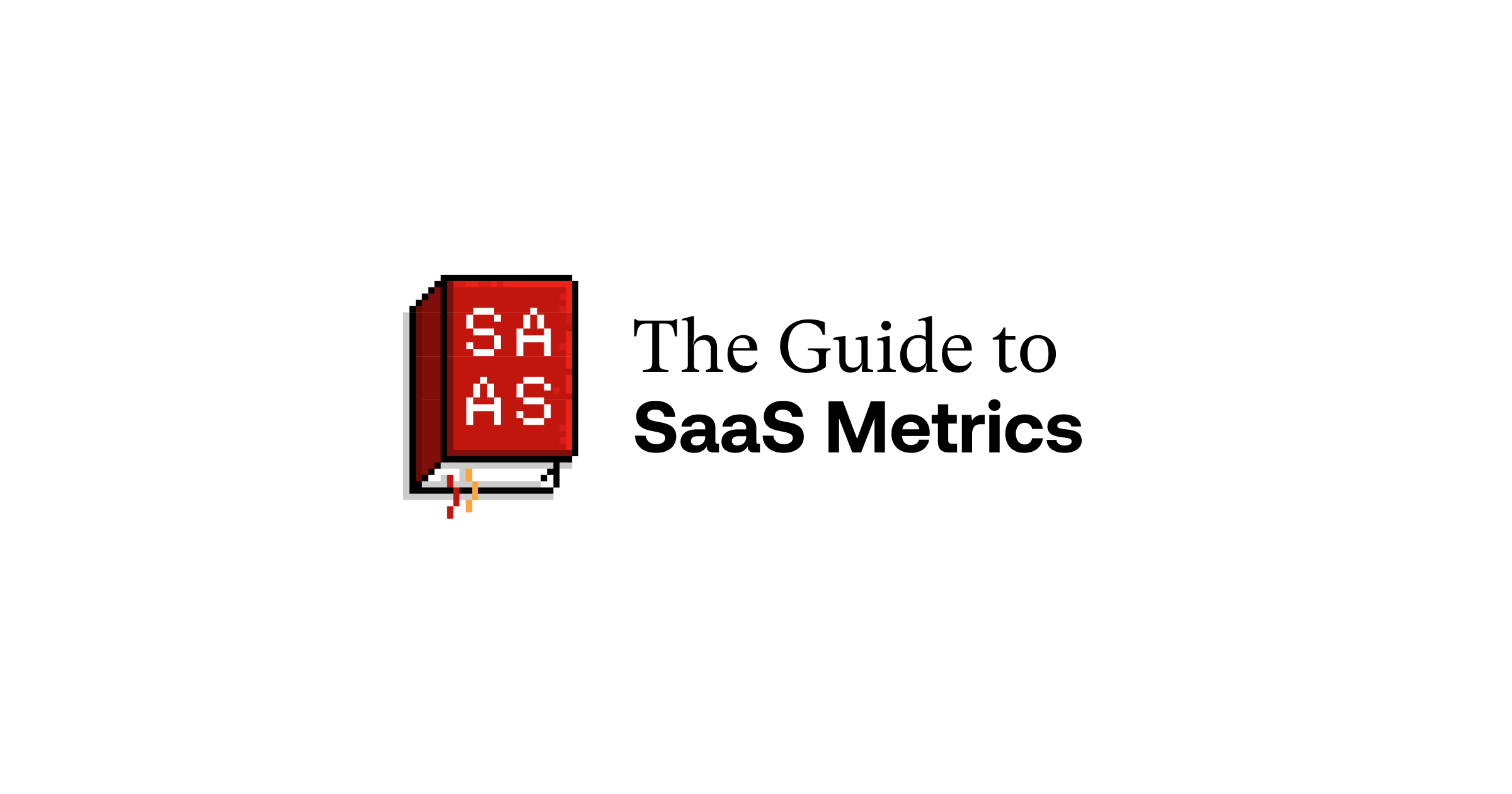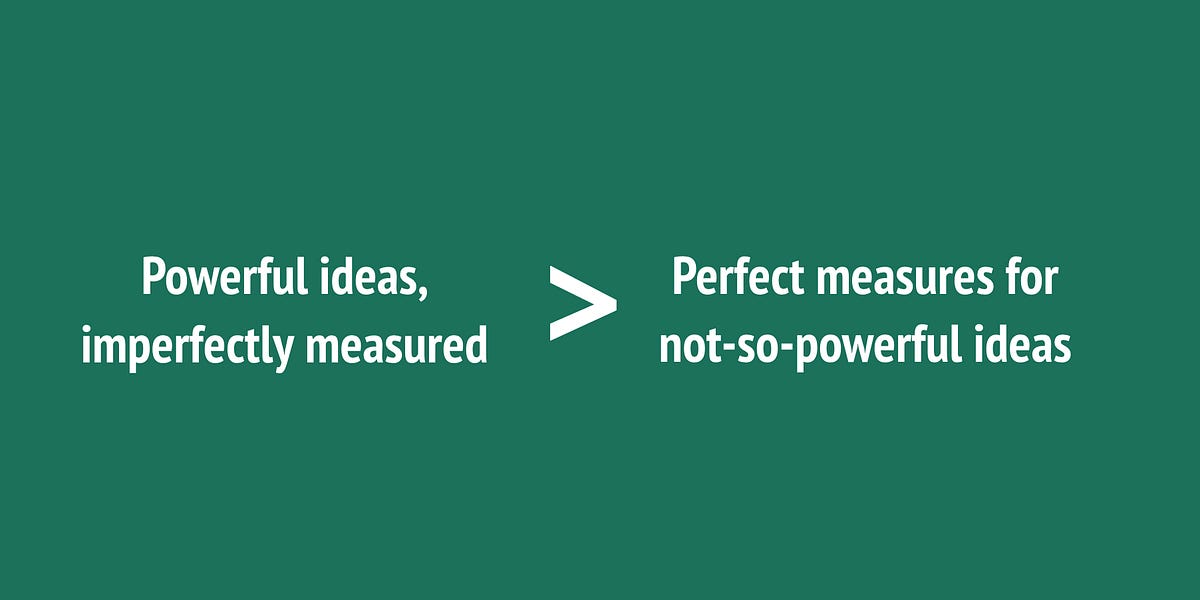This influential essay introduces Aggregation Theory, which explains the power of internet companies like Google and Facebook that aggregate demand. It explores how zero distribution costs enable them to scale rapidly while owning the user relationship. A must-read for understanding platform dominance in digital markets.
Business Models
How a company creates, delivers, and captures value: core value proposition, target segments, distribution channels, key resources & activities, partner ecosystem, and profit formula.
16 resources on this topic
Christoph Janz outlines five distinct strategies for building a $100M company, ranging from enterprise (elephants) to consumer (flies). He analyzes pricing models, customer acquisition, and go-to-market approaches to help founders identify their optimal growth path. A foundational read for SaaS entrepreneurs and startup operators.
This essay breaks down how predictable revenue models—especially SaaS—drive higher valuation multiples. Gurley introduces a revenue quality scorecard, making a strong case for why investors love subscriptions over transactional income. Essential for founders preparing for fundraising or long-term scaling.
Saurabh Nair outlines the fundamentals of marketplace businesses, emphasizing the value of enabling transactions between buyers and sellers. He describes monetization strategies such as commissions, listing fees, and value-added services. A solid primer for operators and analysts entering the platform economy.
Erik Torenberg explores the dynamics of building and investing in marketplaces. He breaks down core concepts like liquidity, trust & safety, and take rates. The piece includes practical advice for founders on achieving product-market fit in multi-sided networks. Valuable for startup teams and early-stage investors.
This article presents the first level of the Hierarchy of Marketplaces framework, focusing on creating user happiness and scalable engagement. Tavel draws on real examples to show how leading marketplaces like Etsy and Airbnb progressed through each level. Useful for marketplace builders aiming for long-term defensibility.
Joost Rietveld unpacks how freemium strategies can be effective if properly executed. He draws parallels between SaaS, gaming, and content platforms, exploring key levers like conversion rates, engagement triggers, and monetization points. A thoughtful read for those designing freemium models or evaluating them.
This post by A16Z outlines the most important KPIs for two-sided marketplaces. Metrics include match rate, take rate, market depth, and concentration of supply. It offers a rigorous diagnostic toolkit for founders, investors, and operators looking to assess or pitch marketplace startups.
Tomasz Tunguz explores SaaS pricing models—seat-based, usage-based, and tiered—and how they affect customer retention, lifetime value, and growth potential. The guide includes case studies from Twilio, Snowflake, and HubSpot. A must-read for monetization strategy.
Former Airbnb PM Jonathan Golden outlines a clear framework to evaluate marketplace viability. By mapping products by transaction size and frequency, he shows how to predict and improve unit economics through incentives and pricing. Excellent reference for marketplace builders.
AI's Middle Layer: Where the Real Money's Made (or Lost) in the Wrapper Economy
Business UnderstandingThis blog post reveals the untapped potential in the "wrapper economy" – the lucrative middle layer where AI-powered tools and services are packaged and sold. Analytics professionals can uncover hidden revenue streams and gain a competitive edge by understanding the dynamics of this rapidly evolving market, leveraging insights on successful monetization strategies and identifying critical points where AI-powered "wrappers" can make or break a business's bottom line.
Understand key SaaS metrics that influence profitability, such as recurring revenue, churn, and the 'triangle of despair' - the balance between customer acquisition, retention, and revenue growth.
Develop a deep understanding of how a company creates, delivers, and captures value through its core business model. Explore the key components such as the value proposition, target segments, distribution channels, key resources & activities, partner ecosystem, and profit formula.
This article presents a framework for understanding and visualizing unit economics (UE) for a variety of businesses. It covers key concepts around contribution margin, fixed-cost leverage, break-even volume, and scaling effects to help analysts and founders assess the profitability and scalability of their business models.
Methodologies for calculating and understanding the lifetime value of customers, including retention curves, discount rates, cohort LTV, and using LTV to evaluate the efficiency of customer acquisition.
This article argues that powerful ideas, even if imperfectly measured, are more useful for business decision-making than perfect measures for less impactful ideas. It discusses the importance of focusing on high-leverage metrics and acknowledging the limitations of data, rather than getting overly bogged down in pursuit of perfect measurement.



